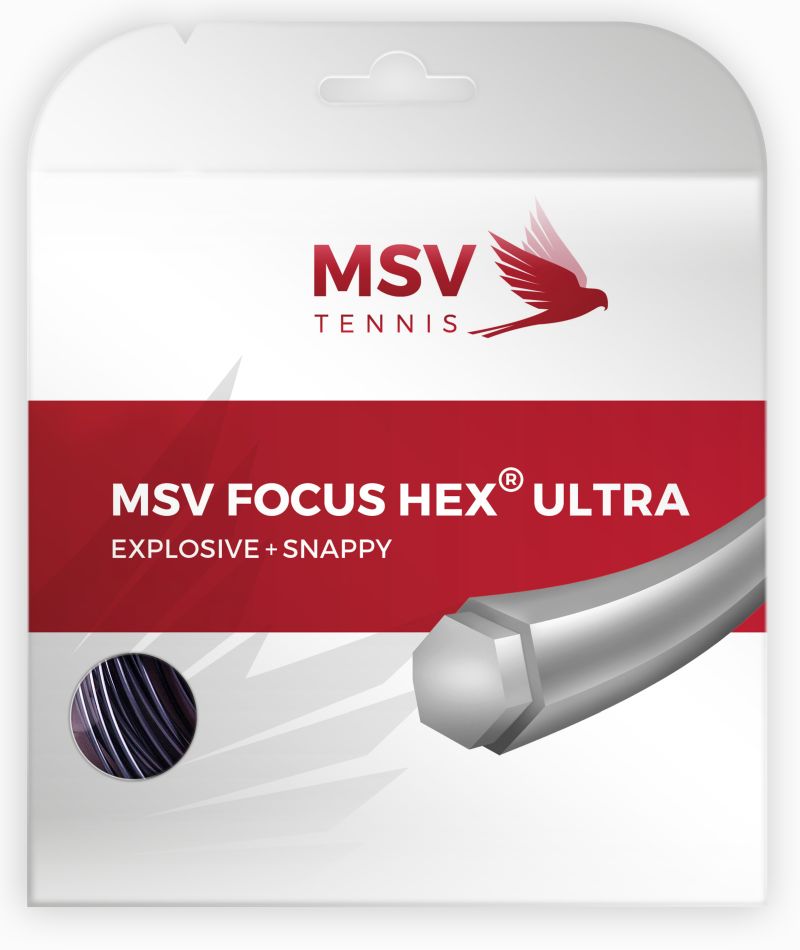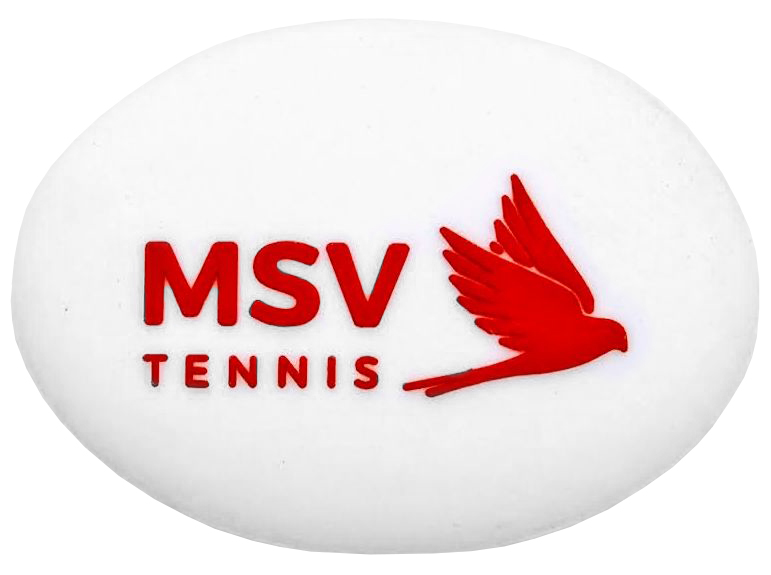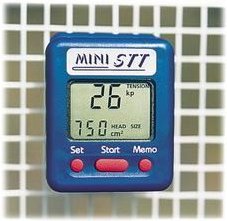8,40 €
Save 24%Each offer available in the Tennis Zone is an original product, coming directly from manufacturers or trusted distributors.

8,40 €
Save 24%
8,40 €
Master your tennis game with the MSV Focus Hex Ultra (12 m), a top-quality tennis string that speaks volumes about performance, precision, and power. This highly advanced black tennis string is a significant evolution of the original MSV Focus Hex, incorporating a variety of improvements for an enhanced playing experience.
The MSV Focus Hex Ultra is made with state-of-the-art co-polyester. This technologically superior material enables exceptional ball feel, with properties optimized for power and control. Not to mention, it's incredibly durable, ensuring it can withstand even the most challenging of matches.
Enjoy unmatched control with Hex Ultra's unique hexagonal profile. This innovative design adds a massive rotational potential to your shots. The reduced movement of the string and the excellent tension retention gives you an extra competitive edge, allowing for dynamic play and immense power delivery.

| Article number: | ST14951.2 |
|---|---|
| Color: | Black |
| Material: | co-polyester |
| Properties: | control dynamic feel maintenance of tension spin strength |
| String length (m): | 12 |
| String profile: | hexagonal |
| Structure: | monofilament |
Master your tennis game with the MSV Focus Hex Ultra (12 m), a top-quality tennis string that speaks volumes about performance, precision, and power. This highly advanced black tennis string is a significant evolution of the original MSV Focus Hex, incorporating a variety of improvements for an enhanced playing experience.
The MSV Focus Hex Ultra is made with state-of-the-art co-polyester. This technologically superior material enables exceptional ball feel, with properties optimized for power and control. Not to mention, it's incredibly durable, ensuring it can withstand even the most challenging of matches.
Enjoy unmatched control with Hex Ultra's unique hexagonal profile. This innovative design adds a massive rotational potential to your shots. The reduced movement of the string and the excellent tension retention gives you an extra competitive edge, allowing for dynamic play and immense power delivery.

| Article number: | ST14951.2 |
|---|---|
| Color: | Black |
| Material: | co-polyester |
| Properties: | control dynamic feel maintenance of tension spin strength |
| String length (m): | 12 |
| String profile: | hexagonal |
| Structure: | monofilament |
Each offer available in the Tennis Zone is an original product, coming directly from manufacturers or trusted distributors.
Sign up for the free newsletter and do not miss any promotions and news, as well as individual offers from our store.
Functional cookies are absolutely necessary for the functionality of the web shop. These cookies assign a unique random ID to your browser so that your unhindered shopping experience can be guaranteed over several page views.
Marketing cookies are used to display advertisements on the website in a targeted and individualized manner across multiple page views and browser sessions.
Tracking cookies help the shop operator to collect and evaluate information about the behaviour of users on their website.
These cookies are used to collect and process information about the use of the website by users, in order to subsequently personalise advertising and/or content in other contexts.
Service cookies are used to provide the user with additional offers (e.g. live chats) on the website. Information obtained via these service cookies may also be processed for site analysis.




